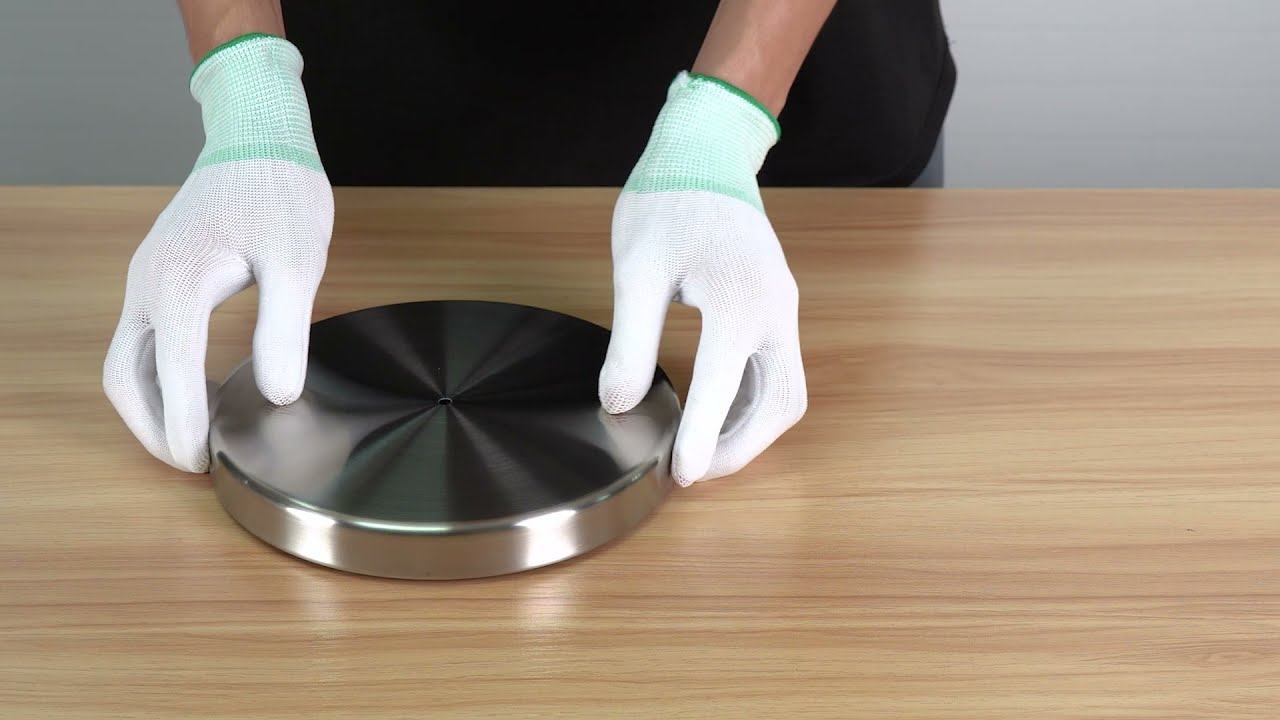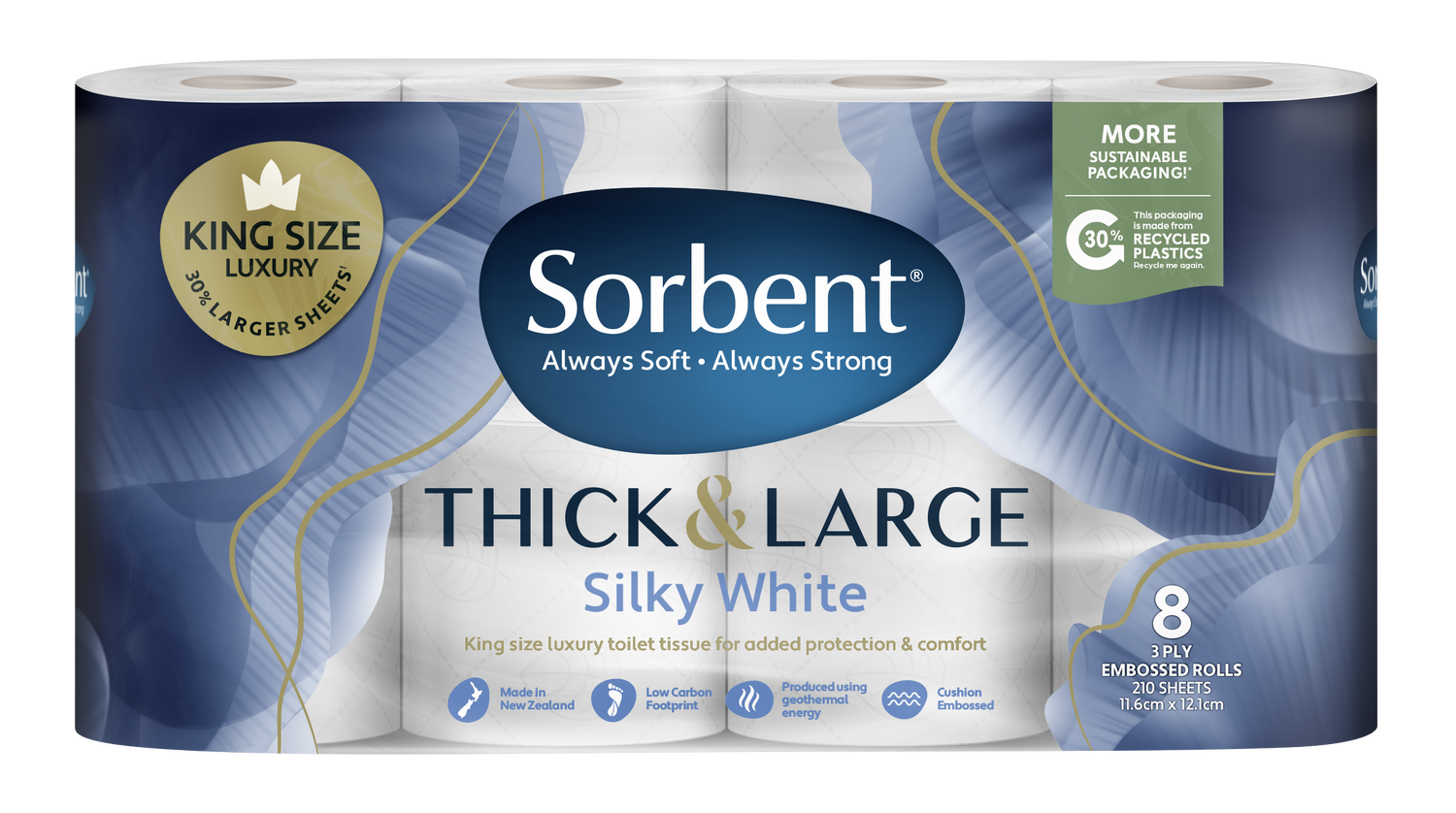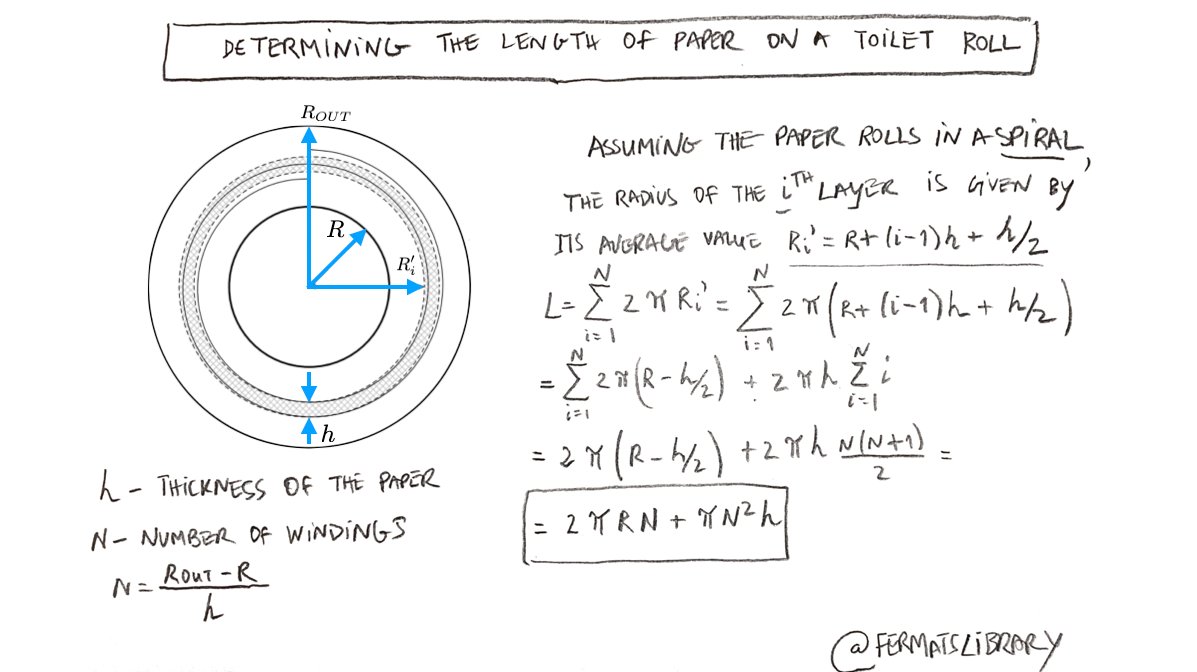toilet paper is one of those household essentials that we often take for granted. We use it every day, but how often do we stop to think about the different sizes and types available? In this article, we will take a closer look at the different toilet roll sizes on the market, and we will explore the pros and cons of each size. We will also provide some tips for choosing the right size toilet roll for your needs.
All About Toilet Paper: Sizes and Types

When it comes to toilet paper, size does matter. The size of the toilet roll can impact its overall durability, comfort, and convenience. There are several standard sizes available on the market, each with its own unique characteristics. Let’s delve into the world of toilet roll dimensions:
Standard Toilet Rolls
- Dimensions: 4.5 inches wide, 3.5 inches in diameter
- Ply: Typically double-ply
- Pros: Widely available, fits most toilet paper holders
- Cons: May need to be replaced more frequently
jumbo toilet rolls
- Dimensions: 6 inches wide, 4.5 inches in diameter
- Ply: Single or double-ply
- Pros: Larger size means less frequent replacement
- Cons: May not fit all standard toilet paper holders
Mega Toilet Rolls
- Dimensions: 8 inches wide, 5.5 inches in diameter
- Ply: Double or triple-ply
- Pros: Extra-large size ideal for high-traffic restrooms
- Cons: Bulky, may require special dispensers
Navigating the World of Toilet Roll Dimensions

When selecting the right toilet roll size for your home or business, consider factors such as usage frequency, storage space, and dispenser compatibility. Standard rolls are versatile and fit most holders, making them a popular choice for households. Jumbo rolls are great for high-traffic restrooms, while mega rolls are best suited for commercial settings.
To make an informed decision, compare the dimensions, ply, and cost per roll of each size option. Keep in mind that larger rolls may offer cost savings in the long run, despite their higher upfront price. Additionally, consider any space constraints or dispenser requirements before purchasing in bulk.
Factors to Consider When Choosing a Toilet Roll Size:
- Usage frequency and restroom traffic
- Storage space availability
- Compatibility with existing toilet paper holders
- Cost-effectiveness and long-term savings
Comparing Standard and jumbo toilet paper Formats

One of the key differences between standard and jumbo toilet paper rolls is their size and capacity. Standard rolls are compact and easy to store, making them ideal for residential use. On the other hand, jumbo rolls are designed for high-traffic restrooms and require less frequent replacement.
Let’s compare the features of standard and jumbo toilet paper formats in the table below:
| Feature | Standard Rolls | Jumbo Rolls |
|---|---|---|
| Dimensions | 4.5″ W x 3.5″ D | 6″ W x 4.5″ D |
| Ply | Double-ply | Single or double-ply |
| Ideal for | Residential use | Commercial restrooms |
| Replacement frequency | More frequent | Less frequent |
Understanding the Significance of Toilet Roll Diameters
The diameter of a toilet roll plays a crucial role in determining its capacity and longevity. Larger diameters indicate a higher volume of paper, which translates to fewer roll changes. However, oversized rolls may not fit in standard dispensers, requiring specialized fixtures for installation.
When evaluating different toilet roll diameters, consider the following factors:
- Capacity: Larger diameters mean more paper per roll
- Dispenser compatibility: Ensure the roll fits your existing dispenser
- Storage space: Oversized rolls may require additional storage space
To maximize efficiency and minimize waste, choose a toilet roll diameter that strikes a balance between capacity and practicality for your specific needs.
揭秘厕纸尺寸的奥秘 (Unlocking the Secrets of toilet paper sizes)
在选择合适的厕纸尺寸时,需要考虑使用频率、存储空间和配件兼容性等因素。标准卷筒适用于大多数卫生间,巨型卷筒适合高流量场所,而超大卷筒则更适合商业环境。
为了做出明智的决定,比较每种尺寸选项的尺寸、层数和每卷成本。请记住,长卷可能会带来长期节省成本,尽管它们的初始价格较高。此外,在大量购买之前,请考虑任何空间限制或配件要求。
选择厕纸尺寸时需要考虑的因素:
- 使用频率和卫生间流量
- 存储空间的可用性
- 与现有卷筒支架的兼容性
- 成本效益和长期节省
The Importance of Choosing the Right Toilet Roll Size
Selecting the appropriate toilet roll size is essential for ensuring a seamless restroom experience. By choosing a size that aligns with your usage needs and facility requirements, you can enhance comfort, convenience, and cost-effectiveness. Whether you opt for standard, jumbo, or mega rolls, prioritize factors such as ply, dimensions, and dispenser compatibility to make an informed decision.
Toilet paper plays a vital role in maintaining hygiene and sanitation, making it imperative to select the right size for optimal performance. By considering your specific needs and preferences, you can enjoy a hassle-free and efficient toilet paper experience.
Optimizing Toilet Paper Usage: Size Considerations
Efficient toilet paper usage begins with selecting the right roll size for your needs. By optimizing the size and capacity of each roll, you can reduce waste, minimize maintenance, and improve overall restroom functionality. Consider the following tips for optimizing toilet paper usage:
- Choose the appropriate roll size based on your restroom traffic and usage patterns.
- Educate users on proper toilet paper usage to prevent overconsumption.
- Implement dispenser systems that dispense controlled portions to reduce waste.
- Monitor restroom inventory regularly and restock as needed to avoid stockouts.
By incorporating these strategies into your restroom maintenance routine, you can streamline operations and promote sustainable toilet paper usage practices.
The Environmental Impact of toilet roll sizes
In addition to considering performance and cost factors, it’s important to assess the environmental impact of different toilet roll sizes. Larger rolls may contain more paper per unit, leading to reduced packaging waste and transportation emissions. However, oversized rolls could contribute to excess consumption if not used judiciously.
To minimize the environmental footprint of your toilet paper usage, follow these eco-friendly practices:
- Opt for recycled or sustainably sourced toilet paper products.
- Encourage responsible paper usage among employees or household members.
- Explore alternative options such as bamboo or tree-free toilet paper for reduced deforestation impact.
- Support brands that prioritize eco-conscious packaging and production methods.
By prioritizing sustainability in your toilet paper purchasing decisions, you can contribute to environmental conservation efforts and promote a greener future for all.
Toilet Roll Size Trends and Innovations
As consumer preferences and industry trends evolve, toilet roll manufacturers are continuously innovating to meet changing demands. From compact coreless rolls to custom-sized dispensers, there are numerous innovations shaping the future of toilet paper sizes. Some emerging trends and innovations in the realm of toilet roll sizes include:
- Coreless Toilet Paper Rolls: Coreless rolls eliminate the cardboard core, maximizing paper utilization and reducing waste.
- Custom-Sized Dispensers: Manufacturers offer customizable dispenser solutions to accommodate various roll sizes and diameters.
- Sustainable Packaging: Brands are shifting towards eco-friendly packaging materials to reduce plastic waste and promote recycling.
- Luxury Toilet Paper: Premium toilet paper brands are introducing deluxe rolls with enhanced softness and absorbency for a luxurious experience.
By staying informed about the latest trends and innovations in toilet roll sizes, you can make informed purchasing decisions and enhance your restroom experience with cutting-edge products.
Conclusion
In conclusion, the size of your toilet paper roll can significantly impact your restroom experience in terms of comfort, convenience, and cost-effectiveness. By understanding the pros and cons of different toilet roll sizes, you can make an informed decision that meets your specific needs and preferences. Whether you opt for standard, jumbo, or mega rolls, consider factors such as ply, dimensions, and dispenser compatibility to optimize your toilet paper usage.
Remember to prioritize sustainability by choosing eco-friendly toilet paper products and practicing responsible paper usage habits. By following these guidelines and staying informed about the latest trends and innovations in toilet roll sizes, you can elevate your restroom experience and contribute to a greener, more sustainable future.| Commercial restrooms |
| Replacement frequency | More frequent | Less frequent |
When it comes to commercial restrooms, the replacement frequency of toilet paper rolls can vary based on several factors. Understanding these considerations can help facilities managers optimize restroom maintenance routines and ensure a seamless experience for users.
More Frequent Replacement
In high-traffic commercial restrooms with a larger number of daily users, toilet paper rolls may need to be replaced more frequently. Factors that contribute to more frequent replacements include:
- High Usage: Restrooms in busy public spaces such as shopping malls, airports, or stadiums experience continuous traffic, leading to quicker depletion of toilet paper supplies.
- Limited Capacity: Standard or smaller-sized rolls may have lower paper volume, requiring more frequent replacements to avoid stockouts.
- Maintenance Schedule: Facilities with strict cleanliness standards may opt for more frequent checks and replacements to uphold hygiene levels.
To manage more frequent replacements efficiently, consider investing in dispensers with larger capacities or opting for jumbo rolls that last longer between changes.
Less Frequent Replacement
In less densely populated or low-traffic commercial settings, toilet paper rolls may require less frequent replacements. Facilities where restroom usage is moderate or sporadic can benefit from extended replacement intervals due to factors such as:
- Lower Traffic: Office buildings, small businesses, or specialty stores may have lower restroom footfall, resulting in slower toilet paper consumption rates.
- Efficiency Measures: Implementing usage monitoring systems, educating users on responsible paper usage, and installing efficient dispenser systems can help extend the lifespan of toilet paper rolls.
- Cost Savings: By reducing the frequency of replacements, facilities can lower maintenance costs and streamline operational processes.
For facilities with less frequent replacement needs, choosing larger or higher-capacity rolls can further extend the duration between restocking cycles.
By tailoring replacement frequencies to specific restroom usage patterns and implementing efficient management strategies, commercial facilities can ensure consistent restroom functionality while optimizing maintenance costs and user satisfaction levels.